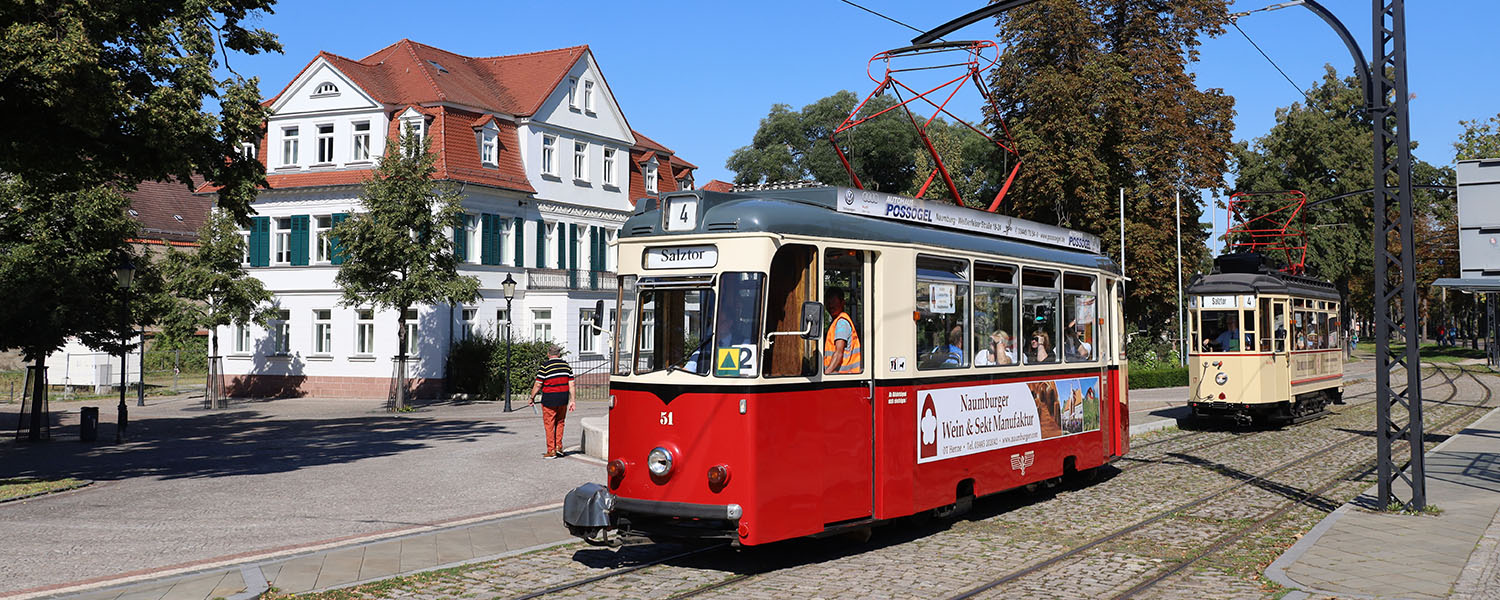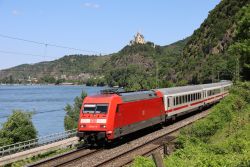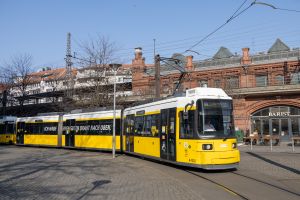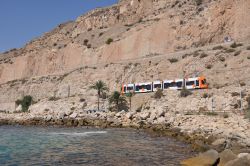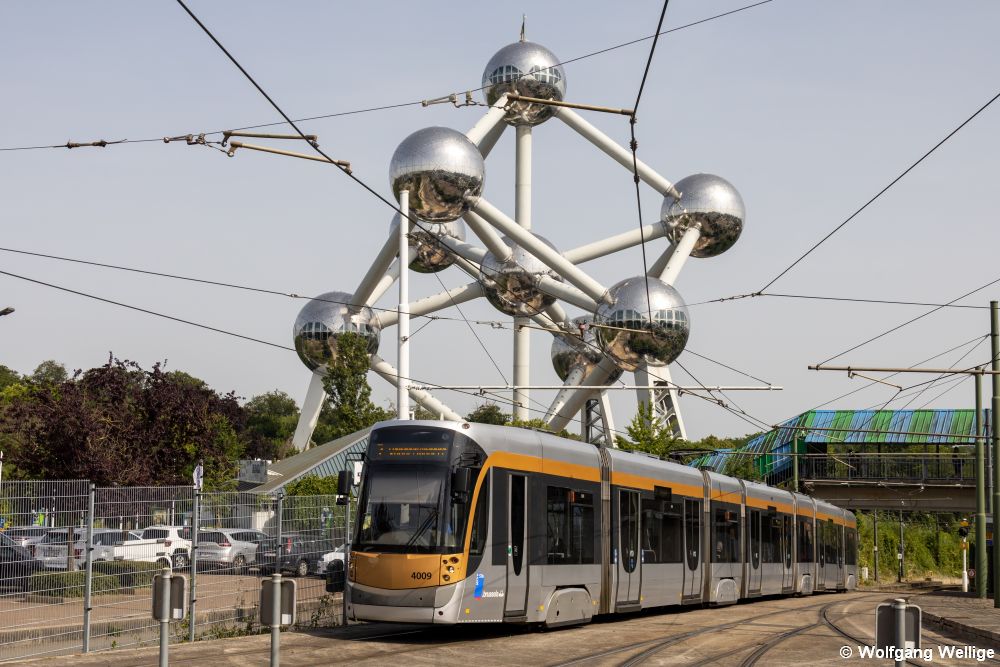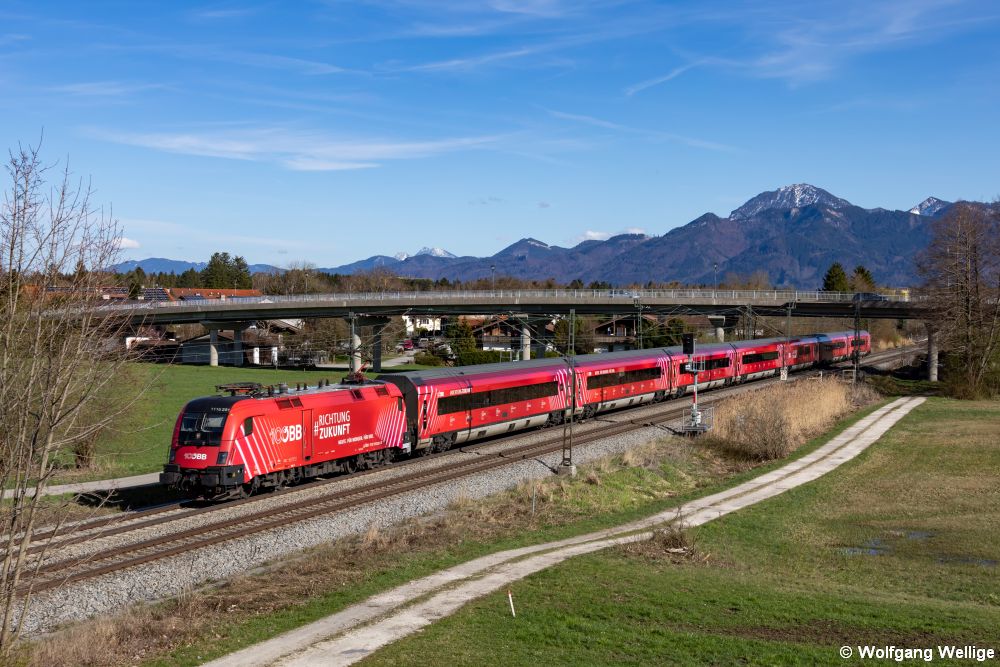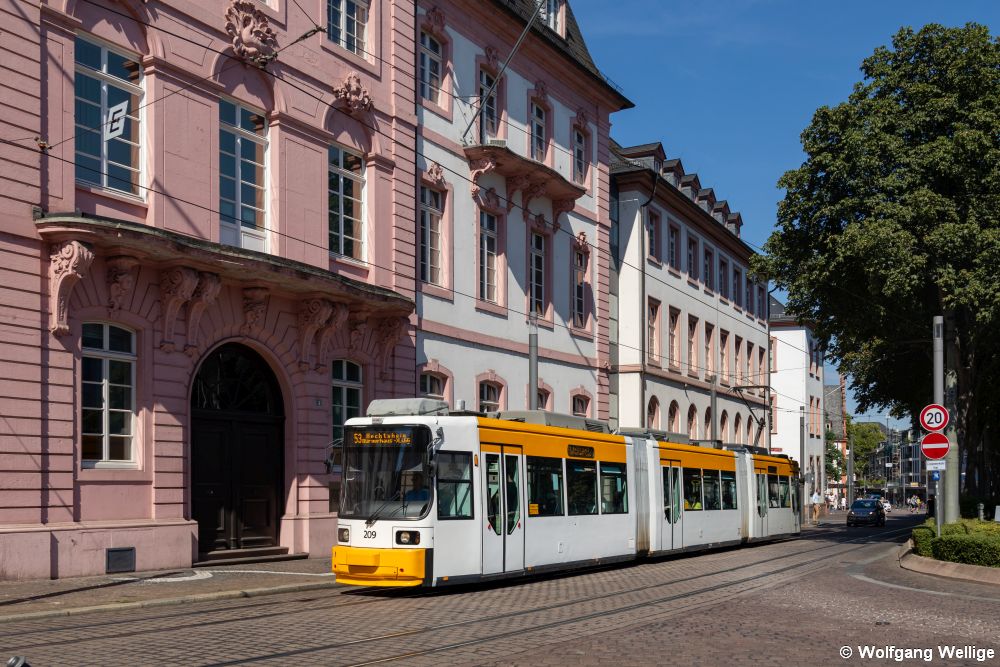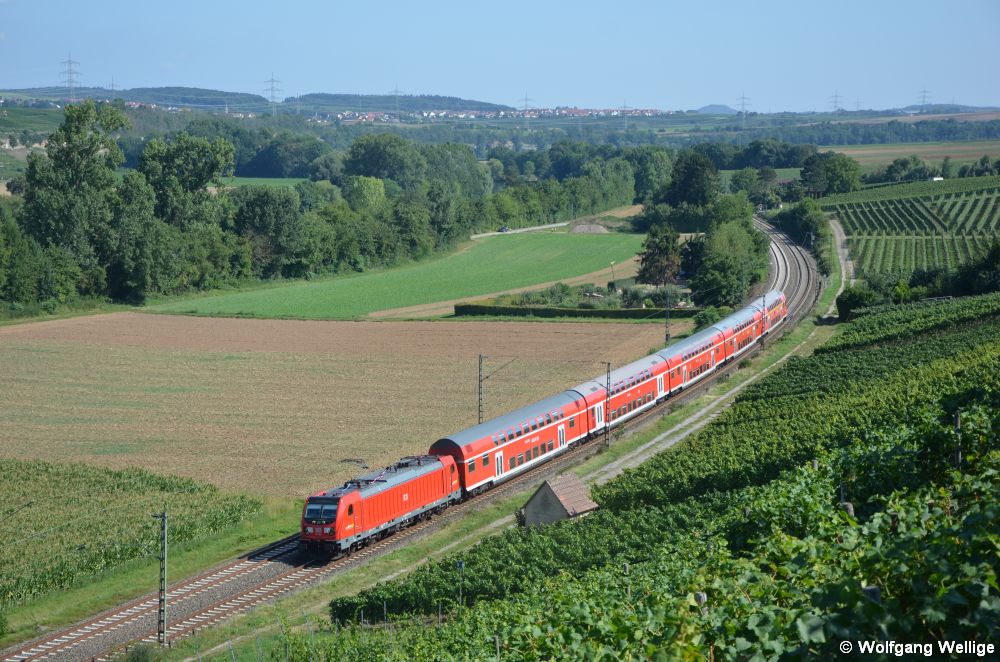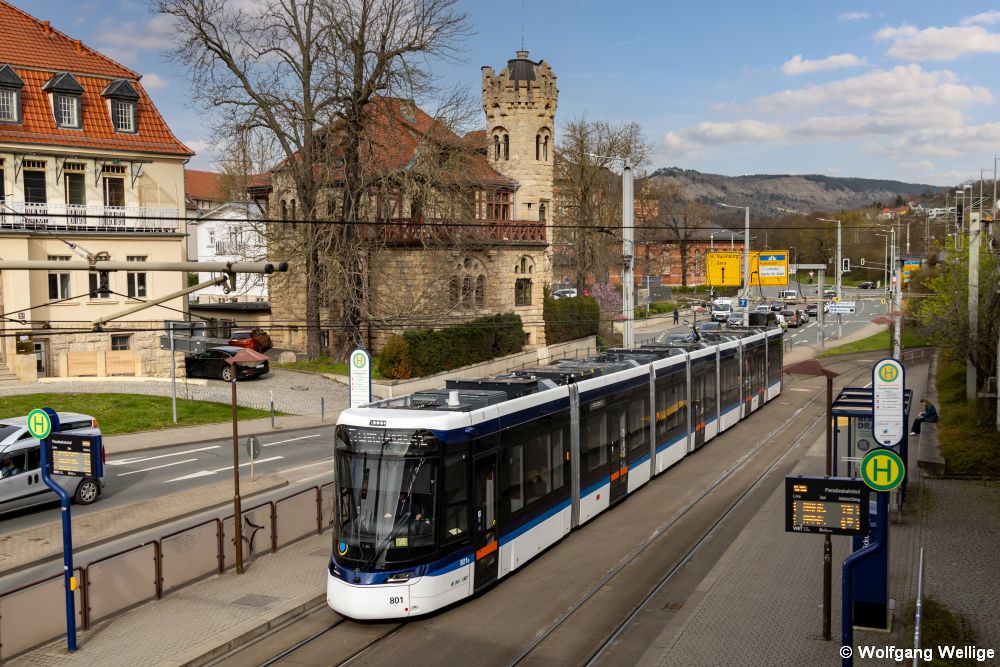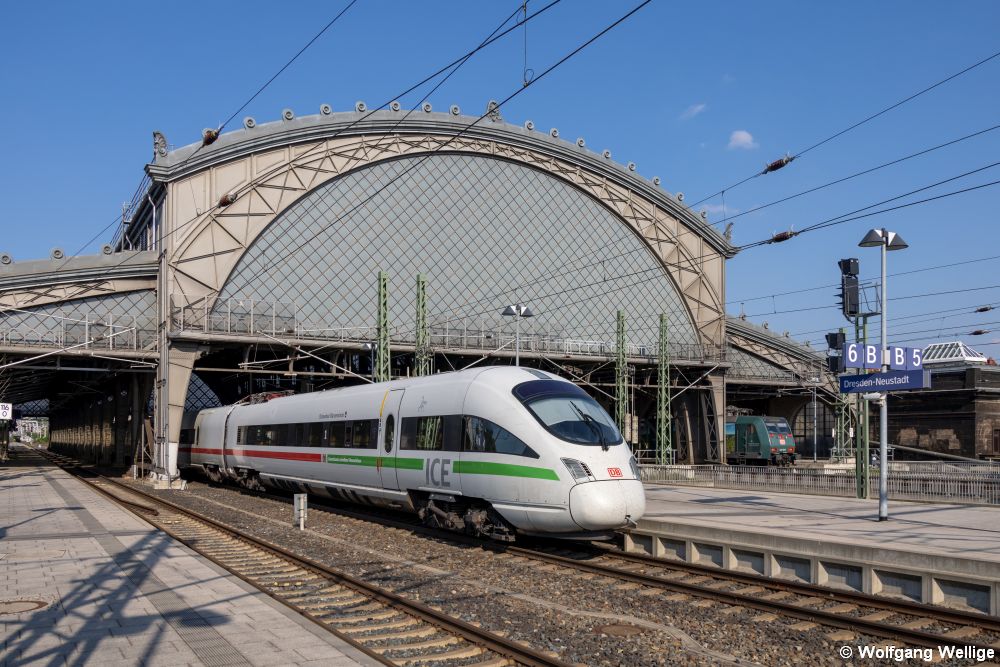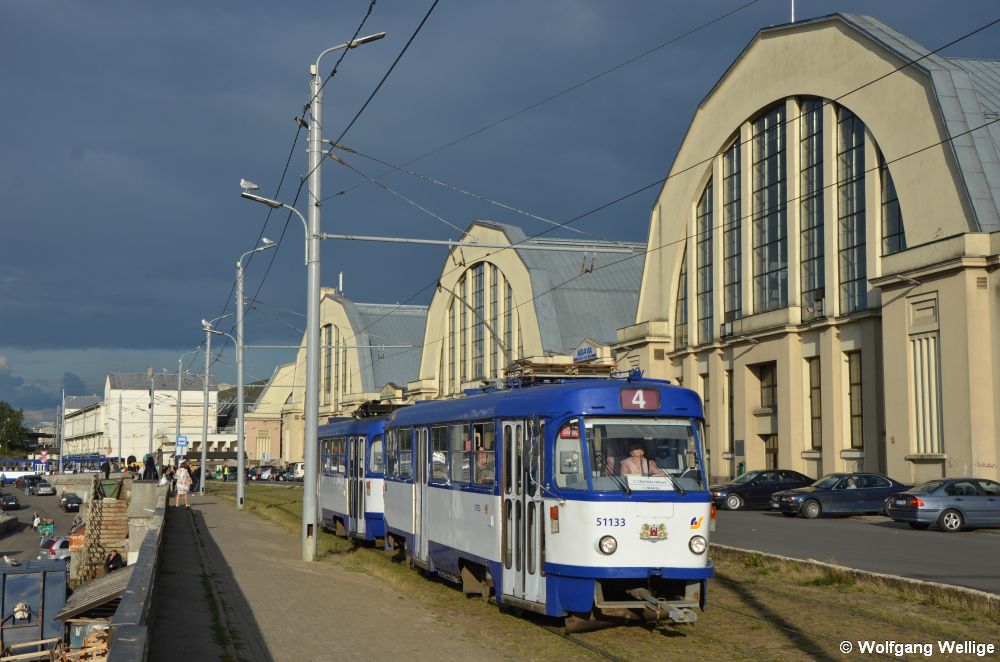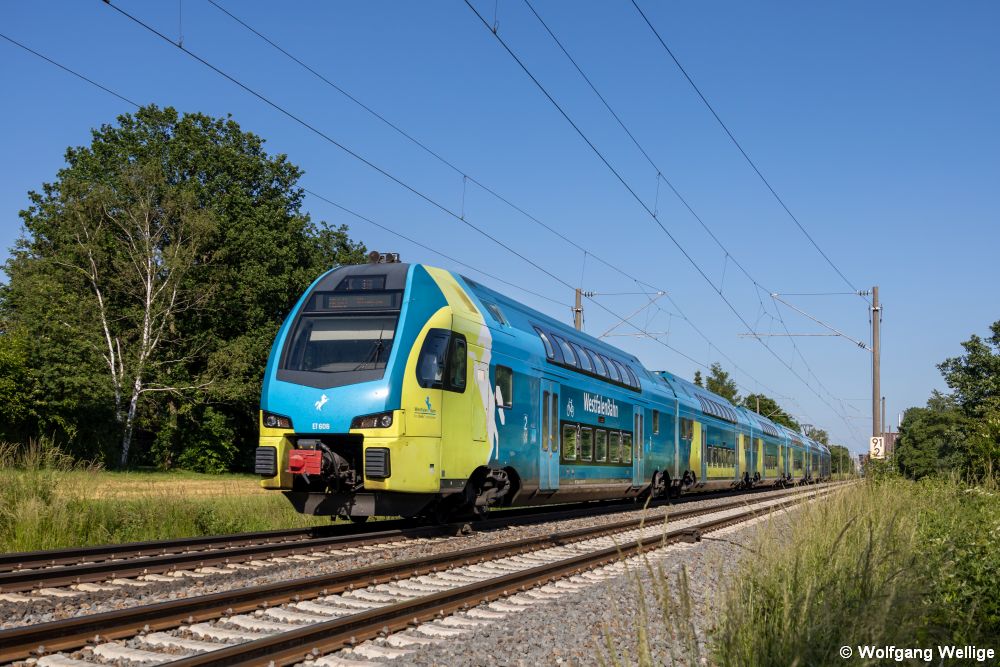Die Seite wurde frisch erneuert und ist teilweise noch im Aufbau. Daher sind hier noch nicht alle Kategorien vorhanden bzw. führen noch einige Links auf die alte Website. Bis alle Bilder auch auf der neuen Seite zu finden sind, ist die alte Seite noch unter → alt.railfocus.eu erreichbar.
Herzlich Willkommen
...auf meiner Webseite. Hier zeige ich eine Auswahl meiner Fotos aller möglichen Schienenfahrzeuge, die auf meinen Reisen quer durch Deutschland und Europa enstanden sind - Eisenbahnen genauso wie Bahnen des städtischen Nahverkehrs, aber auch "Spezialkonstruktionen" wie Standseilbahnen, Schwebebahnen etc. sind dabei. Und wenn mir gerade ein Bus vor die Kameralinse gefahren ist, sind auch vereinzelt ein paar Fotos dieses Verkehrsmittels dabei ;)






